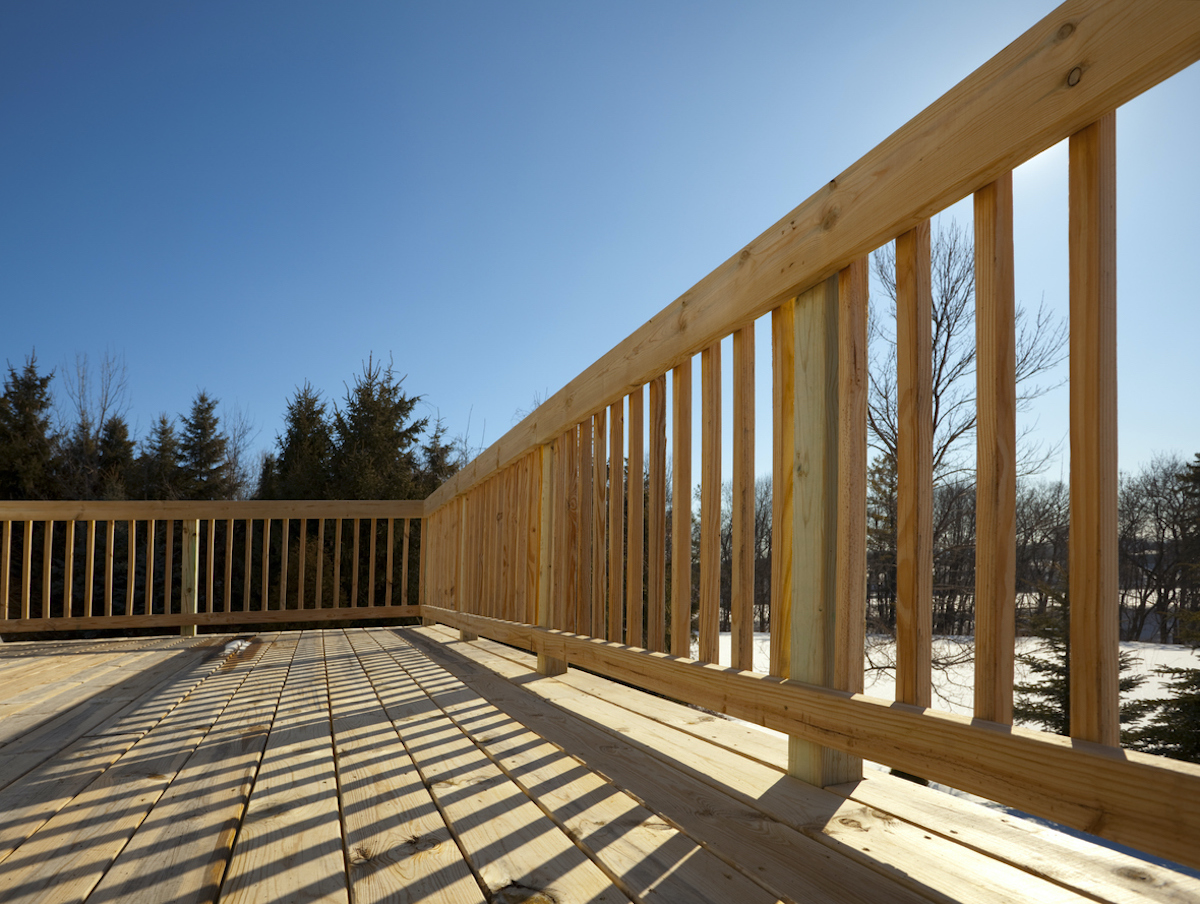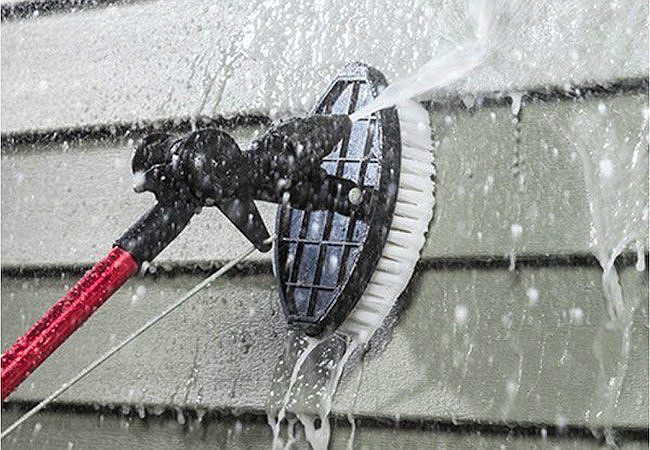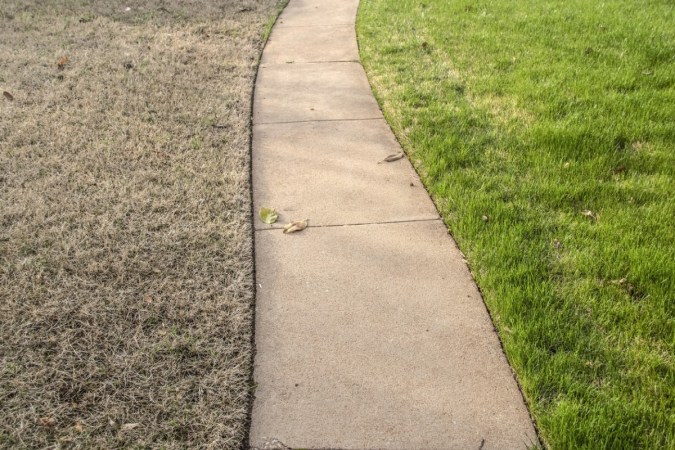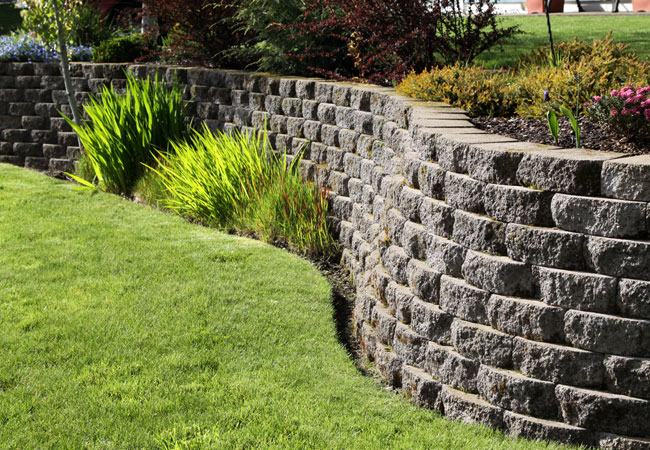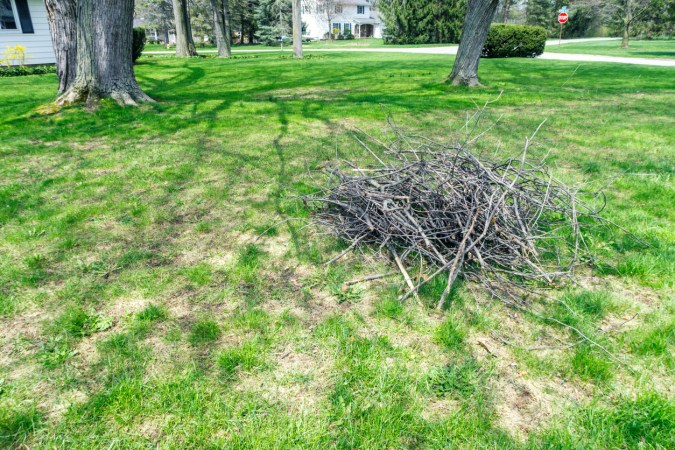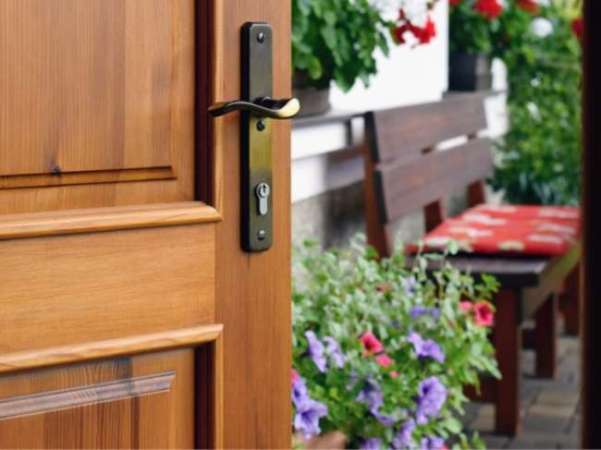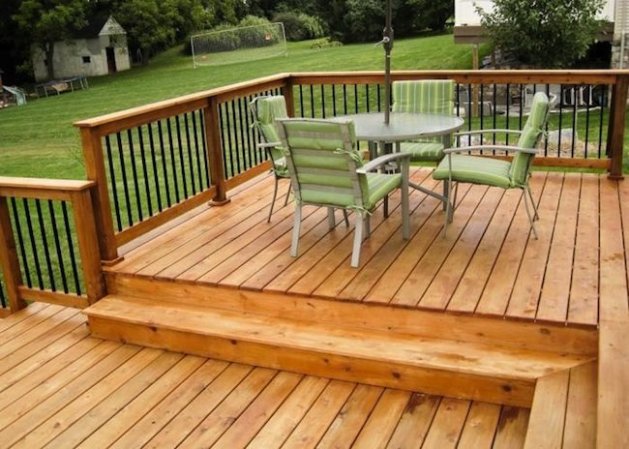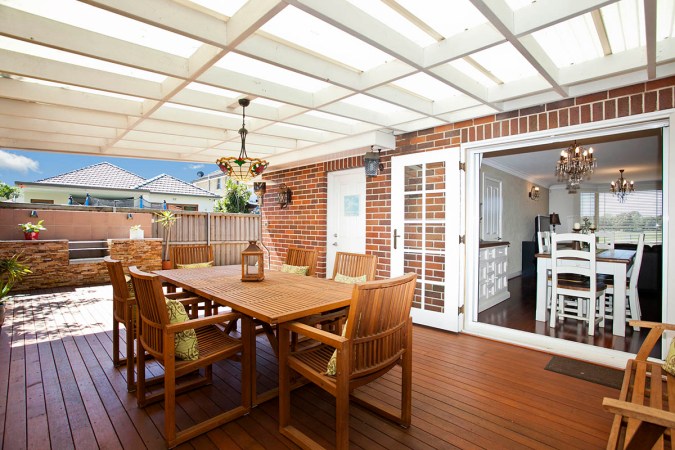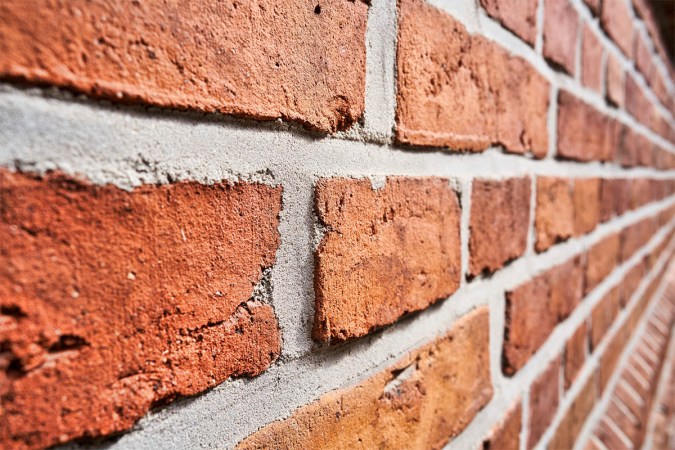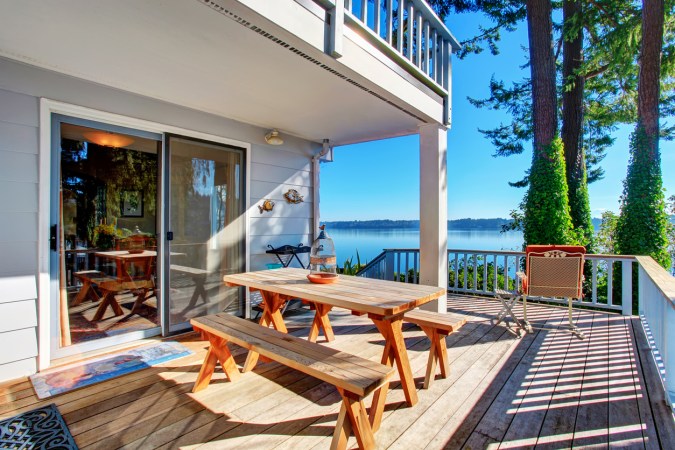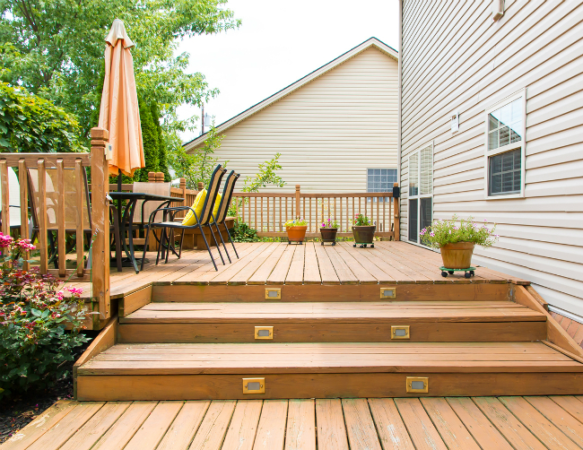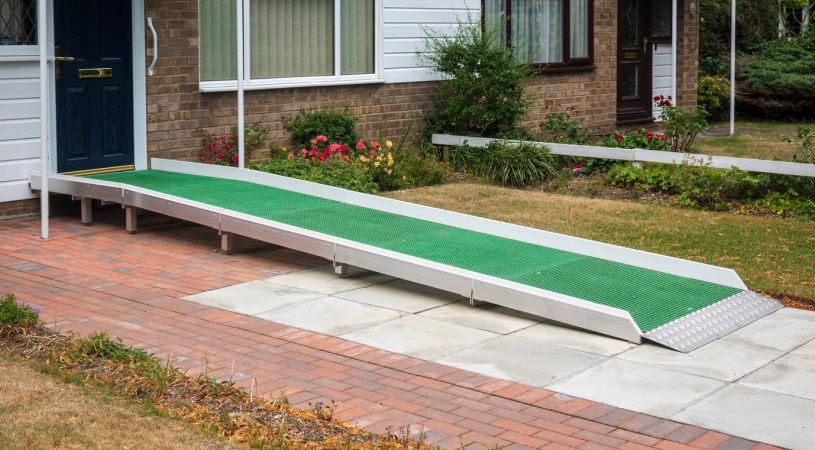We may earn revenue from the products available on this page and participate in affiliate programs. Learn More ›
Q: How Do I Meet Height and Spacing Code Requirements on My Deck Railing?
A: Homeowners with a backyard may daydream about building the perfect deck for outdoor cooking, lounging, and entertaining. While there are many details to consider, one important safety detail is the height and spacing of the railing.
As with most residential projects, the required deck railing height will depend on the municipality’s building codes. These codes set forth the requirements for any deck railing based on the platform height and the overall dimensions of the deck to ensure the safety of anyone using it. A low-platform deck may not need a railing to meet code requirements, while higher-platform decks may call for a deck railing with specific height and spacing requirements.
Since codes can vary by location, it’s always a best practice to contact the local building department and inquire about any necessary permits, inspections, and specific building plan requirements before starting construction. However, there are a few standard guidelines about railings to follow when planning a deck building project.
For straight railing, make sure that guardrails are at least 36 inches high.
Building codes for a standard single-family residential dwelling are typically based on the International Residential Code (IRC), a set of minimum guidelines established to ensure the protection of public health, safety, and welfare. According to the IRC, deck guardrails must be installed on any deck higher than 30 inches above grade. The deck guardrail height should be a minimum of 36 inches, as measured from the surface of the deck to the top of the rail.
Some local municipalities have their own code requirements about guardrail height, so check with the building department to ensure it does not require a higher railing than 36 inches. If a proposed deck will be lower than 30 inches above grade, it may not require guardrails to pass code (but a homeowner may opt to install them for safety anyway).
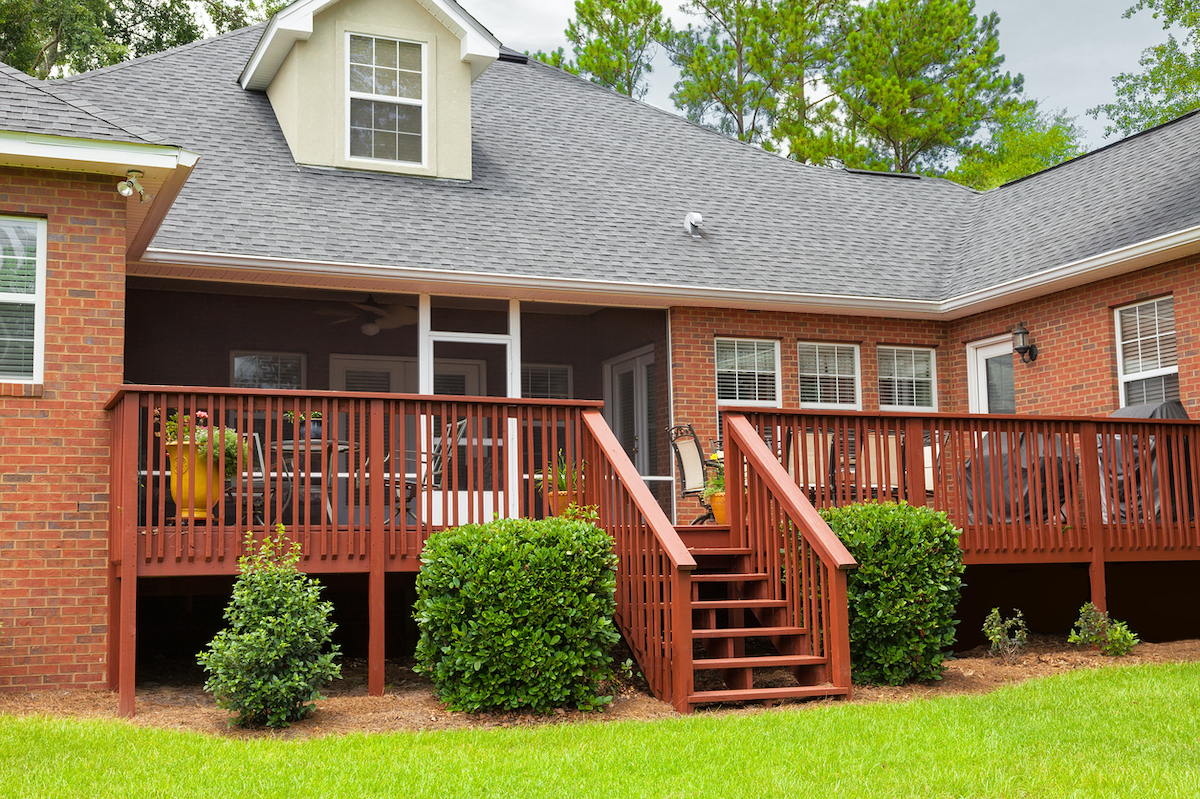
Deck stair railing should measure at least 34 inches high.
When purchasing railing for a deck, homeowners will need to consider both guardrails around the perimeter of the deck and railing for the deck stairs. Deck stair railing should stand at least 34 inches high, measuring vertically from the nose of the stair tread to the top of the rail.
The IRC specifies that deck stair railing should measure between 34 and 38 inches high, so homeowners may wish to use railing that is even higher than 34 inches for their deck stairs.
Deck railing balusters should be spaced less than 4 inches apart.
Balusters are the vertical posts that run along the guardrails and stair railings to prevent people and pets from falling off the edge of the deck or staircase. Code requirements dictate that balusters be spaced less than 4 inches apart to prevent babies and small children from sticking their heads in the gaps between balusters.
If a deck baluster must be placed against a lower railing, the 4-inch rule also applies to the space between the bottom of the railing and the deck surface. To test out the spacing, find a 4-inch diameter sphere (such as a bocce ball) and ensure it can’t pass between the balusters.
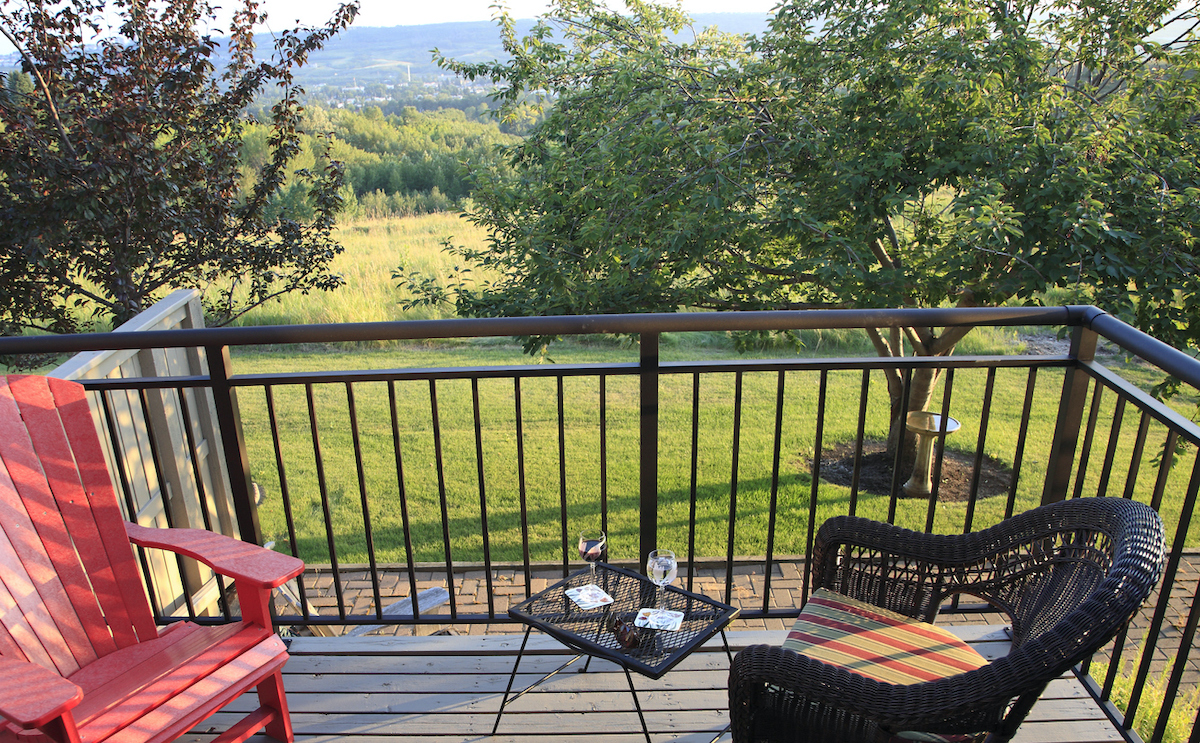
You are allowed a larger opening for the triangle formed between the stair riser, stair tread, and bottom edge of the bottom rail.
There is one notable exception to the IRC requirements for deck railing gaps: The triangular opening formed where the stair riser, tread, and bottom stair rail edge meet. In this case, the opening should be small enough that a 6-inch sphere can’t fit through it.
Depending on the style of deck a homeowner wants and the complexity of the build, certain sections of a deck may be subject to different building codes. For example, a split level deck may not need the same guardrail, stair rail, and baluster requirements on a section that’s lower than 30 inches as an upper section of the deck that is 30 inches or more above grade.
No matter what type of deck you want to build, always ensure the plans meet local building code requirements before you begin.
RELATED: Considering a Wood Deck? It’s Not Just About Good Looks

